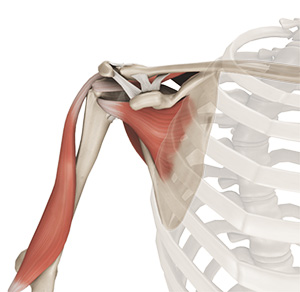Anatomy

The shoulder is the most flexible joint in the body that enables a wide range of movements including forward flexion, abduction, adduction, external rotation, internal rotation, and 360-degree circumduction. Thus, the shoulder joint is considered the most insecure joint of the body, but the support of ligaments, muscles, and tendons function to provide the required stability.
Procedures
- Proximal Biceps Tenodesis
- Shoulder Reconstruction Surgery
- Arthroscopic Remplissage
- Rotator Cuff Repair
- SLAP Repair
- Shoulder Labrum Reconstruction
- Latarjet Procedure
- Shoulder Stabilization
- Shoulder Arthroscopy
- Shoulder Surgery
- Shoulder Preservation Surgery
- AC Joint Repair
- Posterior Shoulder Labral Repair
- Shoulder Fracture Care
Conditions
- Rotator Cuff Tear
- Shoulder Pain
- Anterior Shoulder Instability
- Shoulder Impingement
- SLAP Tears
- Arthritis of the Shoulder
- Shoulder Instability
- Shoulder Labral Tear
- Shoulder Dislocation
- Shoulder Ligament Injuries
- Bicep Tendon Rupture at Shoulder
- Shoulder Fracture
- Frozen Shoulder
- Proximal Biceps Tendonitis
- AC Joint Separation
- Throwing Injuries of the Shoulder
- Shoulder Disorders
- Shoulder Labral Tear with Instability
- Multidirectional Instability of the Shoulder
Shoulder Videos
If you wish to be advised on the most appropriate treatment, please call to schedule an appointment or click to request an appointment online.







